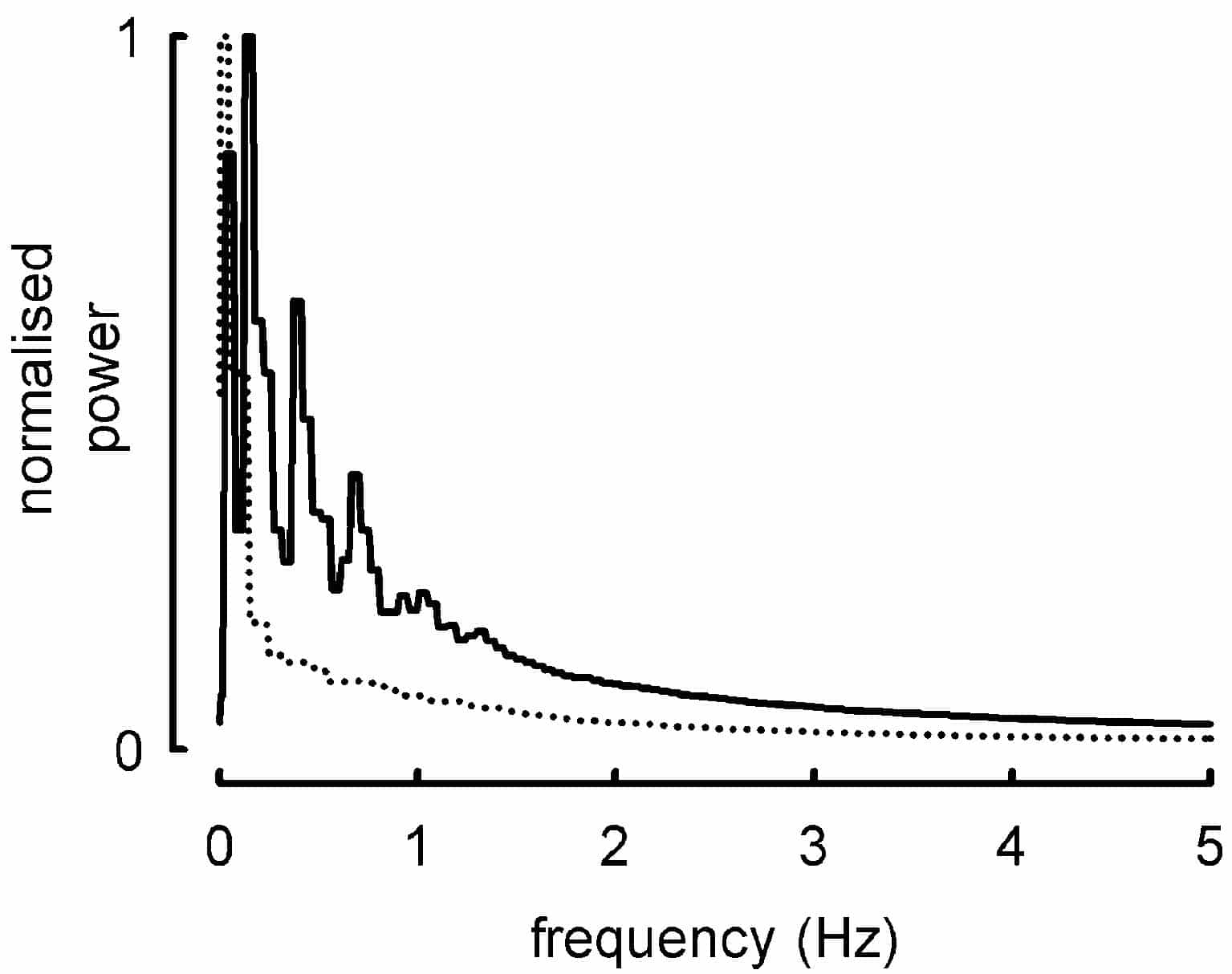The presence of pathological left ventricular hypertrophy is associated with the future development of heart failure or sudden cardiac death due to arrhythmias. It has been suggested that assessment of heart rate variability (HRV) may be a useful prognostic index of the likelihood of sudden cardiac death, but this remains controversial. The aim of this study is to investigate, in an animal model of heart failure, whether changes in this electrocardiographic parameter occur and thus are likely to be of any prognostic value.
Animals were anaesthetised with 70 mg kg-1 medetomidine- 7 mg kg-1 ketamine. Carprofen analgesic (5 mg kg-1) was administered pre -operatively. Animals were humanely killed with pentobarbitone sodium (200 mg kg-1) administered intraperitoneally at the onset of symptoms of heart failure. Heart failure was induced in adult male ferrets by placing an ameroid occluder around the ascending aorta. The electrocardiogram was monitored continuously in freely moving animals using telemetric devices implanted intra-peritoneally. Heart rate variability was assessed either as the standard deviation of the mean heart rate calculated over a 24 h period or as the change in the inter-beat interval (period between successive normal R waves) in the same 60 min period each day.
Mean heart rate appeared to increase with progression to heart failure from 185 beats min-1 prior to aortic coarctation to 220 beats min-1 with the onset of clinical symptoms (n = 2). However, the standard deviation expressed as a percentage of the mean remained constant at (8.5 and 8.4 % respectively). Measurements of inter-beat interval were able to detect differences in the short-term regulation of heart rate during the progression to heart failure. When analysed in this manner, the inter-beat interval decreased with the increase in mean heart rate (0.315 to 0.287 s), but the standard deviation expressed as a percentage of the mean inter-beat interval decreased (23.5 to 10.9 %). Power spectral analysis of inter-beat interval (Fig. 1) revealed that there are a number of frequency components before aortic coarctation (continuous line) that are lost with the progression to heart failure (dotted line).
In summary, measurements of mean heart rate over extended periods of time do not appear to be of prognostic value. However, assessment of short-term changes in heart rate through inter-beat interval analysis does appear to reveal several components that alter with the development of heart failure. Further work is required to determine the role of autonomic control of heart rate in this effect.
This work was supported by The British Heart Foundation.

